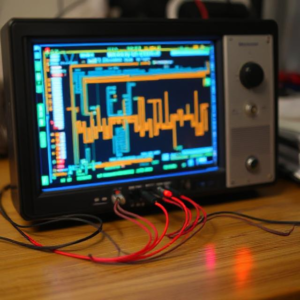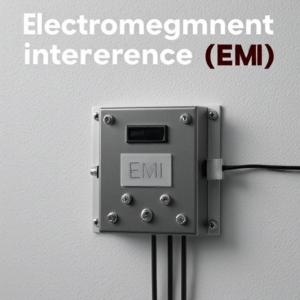What is Radiofrequency Interference (RFI)?
RFI is when unwanted radio signals (or “noise”) interfere with the normal operation of electronic devices. This interference happens because electrical devices can unintentionally emit radio waves, or they can pick up unwanted signals from other nearby devices or sources.

How Does RFI Happen?
- Emission: Some devices, like computers, cell phones, and radios, produce electrical signals that might accidentally radiate out as radio waves. These signals could interfere with other equipment around them.
- Reception: Other devices, like radios or TVs, might pick up those unwanted signals, causing disruptions or distortions in their performance.
Everyday Examples of RFI:
- Static on the Radio: If you hear strange noises or static on your radio while using a computer or microwave, that’s RFI in action. The computer or microwave is emitting radio signals that the radio picks up.
- Poor Cell Signal: When your phone is near a device like a microwave, it might experience weak signals or drop calls because of RFI.
Why is RFI a Problem?
RFI can cause devices to:
- Stop working properly
- Lose signal quality (like blurry pictures or static on the radio)
- Interfere with important communications, like emergency signals or GPS systems
How to Reduce or Prevent RFI?
- Shielding: Many devices are designed with metal shields around their circuits to prevent signals from leaking out.
- Proper Wiring: Good wiring practices (like using cables that block interference) can help reduce RFI.
- Distance: Keeping devices that produce interference (like microwaves) away from sensitive electronics can help.
- Filters: Adding RFI filters to devices can block unwanted radio signals from entering or leaving the equipment.











